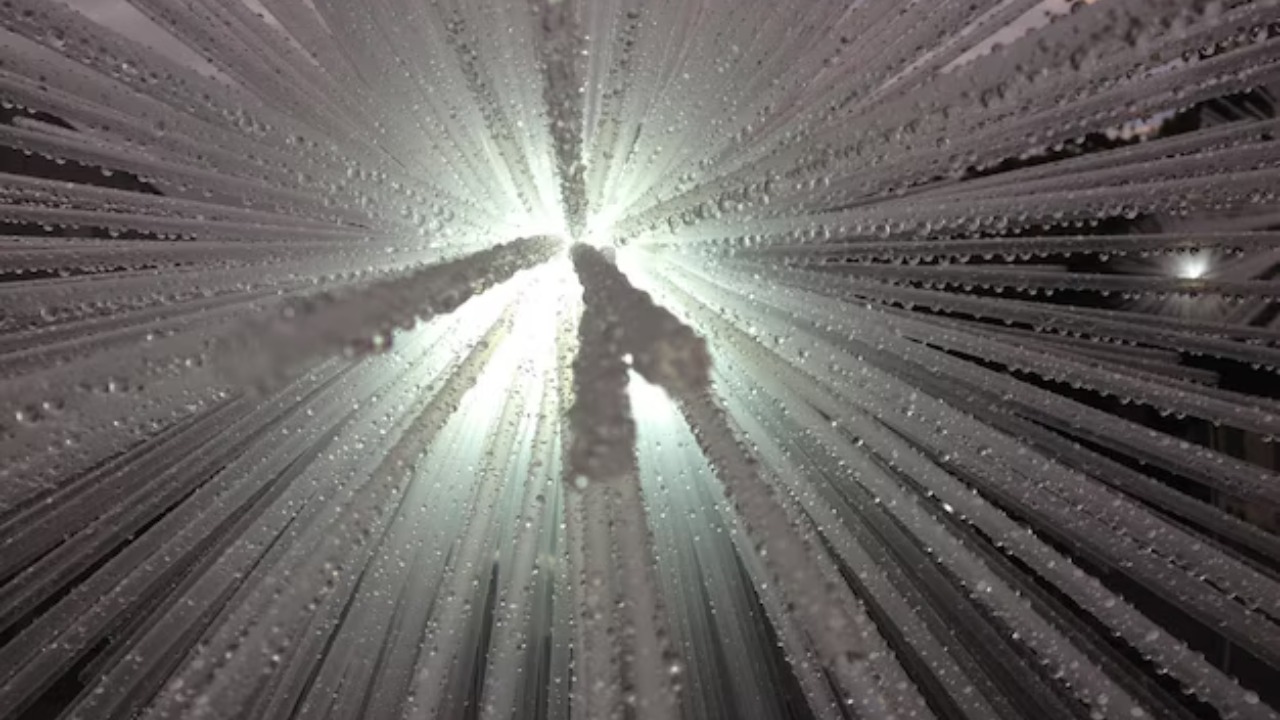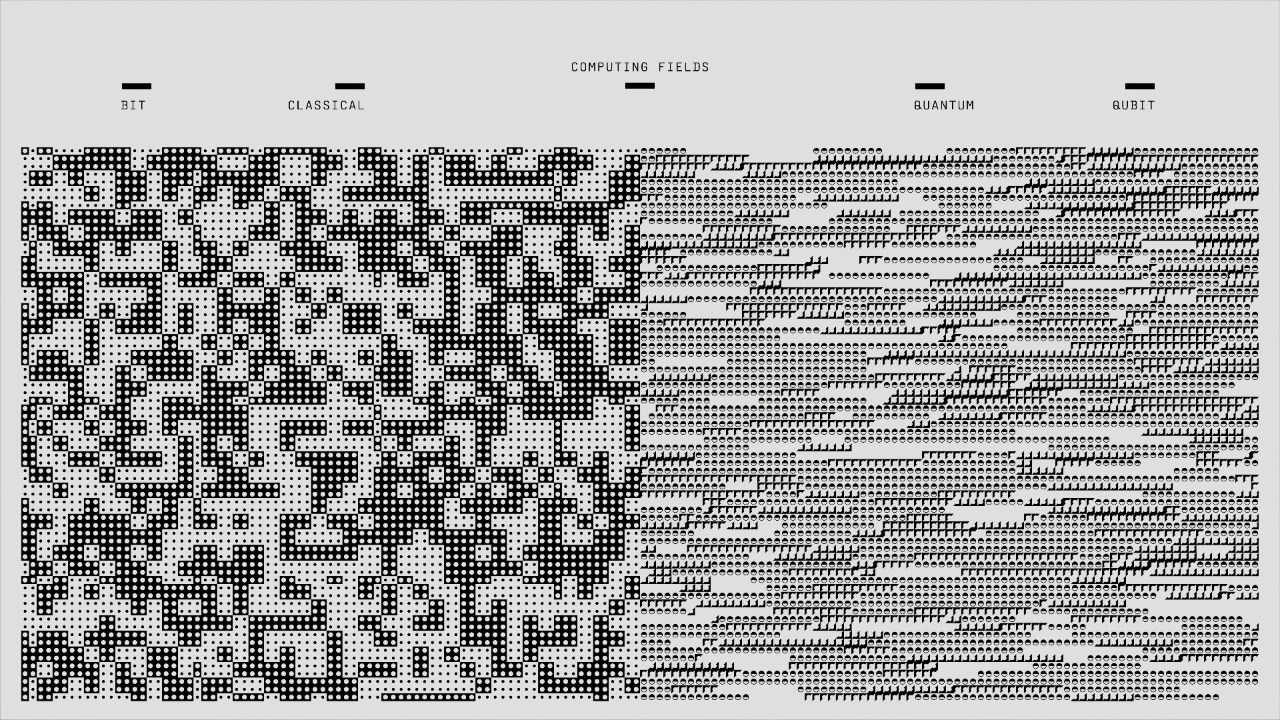
In a groundbreaking discovery, physicists have observed light traveling in reverse, an event that significantly challenges our fundamental understanding of physics. This event was noted in certain special materials and has set the scientific community abuzz. This article dives into the details of this extraordinary experiment, its implications, and how it aligns with existing scientific theories.
Breaking Down the Experiment

The experiment was a carefully orchestrated affair. Physicists managed to make light travel backwards by manipulating its path and speed in special materials, creating a sort of “time mirror”. These materials, meticulously chosen for their unique properties, allowed for this extraordinary observation.
The special materials used in the experiment have a unique structure at the atomic level, which allows them to manipulate light in ways that are impossible in other media. By adjusting the properties of these materials, scientists can control how light interacts with them, even making it appear to travel backward. ‘Time mirrors,’ referenced in the studies, played a pivotal role in this feat. This concept uses the principles of wave propagation and reflection to reverse the direction of light, similar to how conventional mirrors reverse the direction of light rays.
Implications in Quantum Physics

The observation of backward light travel has direct implications on the principles of quantum physics, particularly the concept of negative time. This experiment supports the idea that time can flow in the opposite direction, a concept that has been theorized but never observed until now, as detailed in Scientific American.
Furthermore, this experiment might have demonstrated the existence of retrocausality, an idea suggesting that an effect can occur before its cause. This would have a profound impact on the understanding of quantum entanglement, a phenomenon where particles become interlinked, and a change in one instantaneously affects the other, regardless of the distance between them. This discovery could potentially redefine our understanding of causality and time in quantum physics.
Historical Perspective and Precedent Studies

The possibility of light traveling backward is not a new concept in the world of physics. Previous studies and experiments have hinted at this possibility, although no concrete evidence had been found until now. This discovery builds upon, and possibly contradicts, established theories and understanding in physics, adding a new layer of complexity to our understanding of light and time.
There is, understandably, a degree of skepticism and controversy surrounding this discovery within the scientific community. The idea of light traveling backward contradicts our everyday experience and understanding of how the world works. However, as more studies on this topic emerge, the scientific community is slowly coming to terms with this new understanding, as evidenced by discussions on forums like Reddit’s r/Futurology.
Implications for Future Research and Technology

This groundbreaking discovery has the potential to revolutionize future research and technology. Potential applications range from the development of new technologies in telecommunications and data transmission to advancements in time travel theories or experiments. The concept of light traveling backward could pave the way for faster and more efficient data transmission, as light is the fastest known entity in the universe.
More importantly, this discovery could spur further research in quantum physics and the study of light. It could lead to a deeper understanding of the nature of light and time, potentially unlocking new scientific and technological advancements.
Public Reaction and Perception

The public’s reaction to this discovery has been mixed, with responses ranging from awe and confusion to outright skepticism. The idea of light traveling backward is so counterintuitive that it challenges our basic understanding of reality, leading to a wide array of reactions.
On a broader scale, such scientific discoveries have profound societal implications. They change our perception of reality and the universe, pushing the boundaries of our understanding. The portrayal of this discovery in media and popular culture, as seen in articles like this one from New Scientist, has further fueled public interest in science, encouraging more people to delve into the fascinating world of physics.